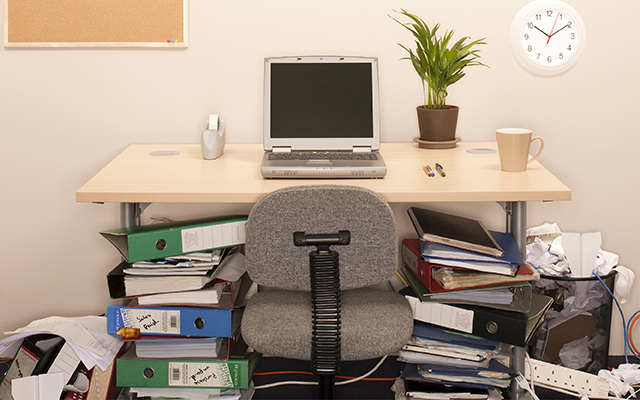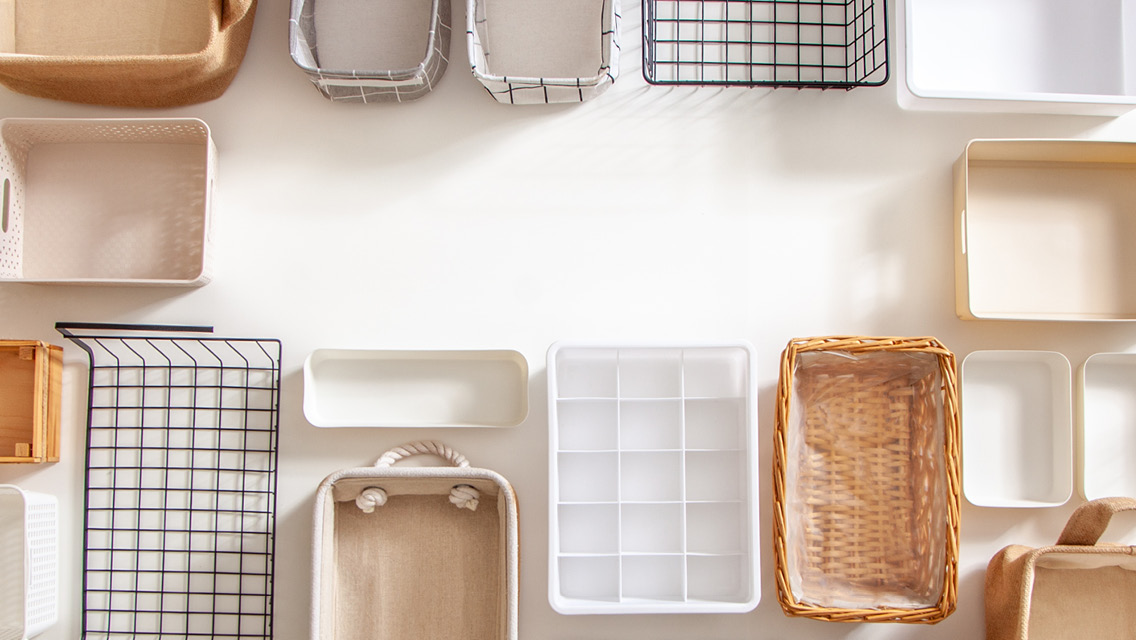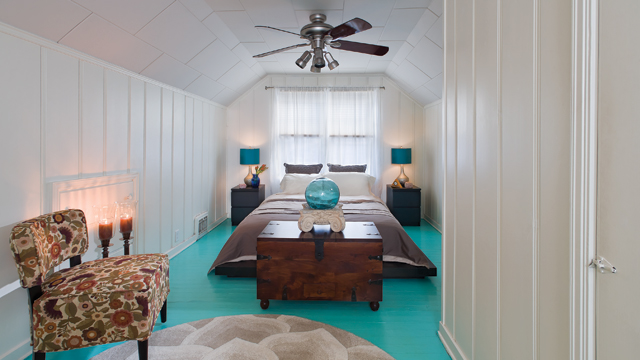British economist, journalist, and BBC broadcaster Tim Harford is famous for sharing his quirky insights on the economics behind daily experiences in his popular Financial Times column, The Undercover Economist. Harford’s knack for making complex ideas accessible has earned him the kind of recognition rarely bestowed upon people in his field. He’s garnered multiple awards, most recently the 2014–15 Rybczynski Prize, awarded each year by the Society of Business Economists for the best business-relevant economics writing.
Harford admits that the idea for his latest book, Messy: The Power of Disorder to Transform Our Lives, came to him by accident. While researching a book on the challenges of academic collaboration, he discovered that a seamless process doesn’t always produce the best results. In fact, disorder can dramatically improve how we create, communicate, and collaborate, he says. Embracing chaos, improvisation, and experimentation can unlock our creative potential and even build our resilience.
Q&A With Tim Harford
Experience Life | What led you to examine messiness and its impacts on creativity and collaboration?
Tim Harford | Appropriately, I stumbled into it. I initially focused on investigating why it’s hard for people in different academic disciplines to work with those in others. We’re in silos where physicists only talk to physicists and economists only talk to economists.
As I investigated, I found myself in unexpected situations, like talking about David Bowie’s albums in [musician and producer] Brian Eno’s studio or studying the public speaking style of Martin Luther King Jr., or looking into Amazon’s business history. Eventually, I asked myself, “What does all this research have in common?”
The answer seems to be that we spend a lot of time ordering and tidying things up, but they won’t always be tidied up. If fact, it might be better for us, our work, and our relationships if they’re messy sometimes.
EL | You argue that we can improve our “tidy-minded approaches” to solving problems by simply changing who we normally talk to. Can you share an example from your findings?
TH | There’s an interesting one on collaboration. We naturally seek out people of a similar age, background, or gender. It’s instinctive but doesn’t necessarily help us. In a randomized trial, psychologists asked people to solve murder mysteries. There were groups of four friends, and groups of three friends and a stranger. Each was given the same information about a murder, like witness statements and alibis, and the choice of three suspects.
It turned out the group of three friends and a stranger did a lot better at solving the problem. Normally that would be because the stranger has new and different information or a fresh perspective. But in this case, they all had exactly the same information, so just having the stranger in the room — the sheer uncomfortableness of it — made people perform a lot better.
The reason seems to be that the people who all knew each other tended to be a bit lazy in the way they expressed their arguments. Those in the other group felt they had to set out their reasoning and justify their thinking more; statements that didn’t make sense were more likely to be challenged. The quality of the discussion was much better.
Interestingly, the groups working with a stranger felt uncomfortable and like they hadn’t successfully solved the problem, even when they had. Meanwhile, the group working with only their friends had a great time and were overconfident. They thought they solved the problem, but often hadn’t.
We underrate the value of working in difficult circumstances or working with unfamiliar people, but these things actually improve the way we find solutions and help us be more creative.
EL | Disorder often makes us feel uncomfortable, but you suggest that doing things like tidying our desks often does us a disservice. Why is that?
TH | We might create a space that looks good but is actually ineffective because we end up keeping a bunch of stuff we don’t need.
If having stuff on your desk makes you anxious, then have a space where you can put it. Grab a sturdy cardboard box, put papers in it that you haven’t decided what to do with yet, and put the box under your desk every night. Pull the papers out every morning, stick them back on the desk, and let the stuff organize itself.
Papers you use most often and need to keep tend to work their way to the top. Your desk will look messier, but in the end you’ll likely have less paperwork to archive.
This idea about the piling of papers shares a close analogy with the way computers operate their memory storage. Computers are basically just keeping the recent stuff and throwing away the old stuff.
Much of my book is written from the point of view of economists and psychologists, so to discover that computer scientists had reached the same conclusion was kind of exciting!
EL | How can we embrace disorder to spark creativity?
TH | Always be willing to seek help, ideally from a different person than you normally would, try unusual experiences, or work with new tools. Recognizing this will feel uncomfortable, and that you’re not going to necessarily love it or continue working this way or start producing the best work. But you might start down a very interesting path that can help you make something fresh or solve an old problem.
EL | Have you changed anything based on what you learned from writing your book?
TH | I have three children between the ages of 5 and 12. It’s taken a while, but I’ve become more relaxed about how they behave in their rooms. I used to go in and tidy up for them, or I’d spend time telling them that they needed to tidy up. This wasn’t helping them or me. If their space is working for them, it’s no business of mine.
I’m also trying to be cooler about the mess on my desk. I’m a tidy person, but this research has helped me understand that being untidy is not a massive character flaw. It’s just a natural process, and I don’t need to worry about it. My desk doesn’t have to be magazine chic; it just has to be a functional space.




This Post Has 0 Comments